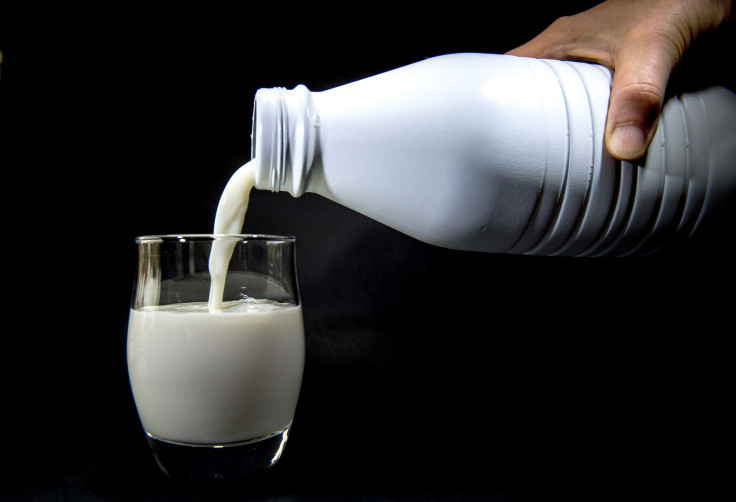What Kind Of Milk Should I Drink? Whole Milk Might Not Be That Bad For You

Recent research has suggested that millions of people might have been healthier if they had drunk whole milk as opposed to low-fat, which is contrary to U.S. dietary guidelines. Scientists who collected diet and health records for several thousand patients for more than 10 years discovered that people who consumed more milk fat had a lower incidence of heart disease, the Washington Post reported.
For decades, the federal government has blamed heart disease -- the leading cause of death in the U.S. -- on saturated fats. However, Marcia Otto, an assistant professor of epidemiology at the University of Texas and lead author of large studies published in 2012 and 2013, said the United States is “losing a huge opportunity for the prevention of disease.”
“What we have learned over the last decade is that certain foods that are high in fat seem to be beneficial,” said Otto, the Post reported.
The overall argument to avoid whole milk based on the risk of heart disease has unraveled to the point that many people have said the dietary guidelines should yield to the new findings, though opponents of whole milk have countered that since it still has more calories than other options, it might be good to avoid it.

“There is no scientific basis for current dietary advice regarding dairy,” said New Zealand researcher Jocelyne Benatar, the Post reported. “Fears [about whole milk] are not supported by evidence. The message that it is okay to have whole fat food, including whole fat milk, is slowly seeping into consciousness. But there is always a lag between evidence and changes in attitude.”
With so much controversy over the health benefits of traditional milk -- like whole and skim -- milk alternatives have been gaining traction in the United States. It can be hard to separate fact from fiction when it comes to how much nutritional punch they pack, however. Below are some of the most popular milk alternatives and what nutritional value they actually provide for an 8-ounce glass, courtesy of ConsumerReports.org and active.com.
Almond milk: This milk is naturally lower in calories and fat than traditional cow’s milk. While it has only 3o to 50 calories, it contains only 1 gram of protein, so there is a bit of a trade-off. It does, however, provide 30 to 45 percent of the recommended daily value for calcium. Almond milk contains 2 to 2.5 grams of fat.
Rice milk: Considered one of the least allergenic beverages, this milk has 90 to 130 calories and only 1 gram of protein. Rice milk contains 2 to 2.5 grams of fat, and an 8-ounce glass provides 30 percent of the recommended daily value for calcium.
Soy milk: Soy milk is considered to provide 4 to 6 grams of high-quality protein. This alternative to cow's milk contains 60 to 90 calories, 1.5 to 2 grams of fat and 20 to 45 percent of the recommended daily value for calcium.
Coconut milk: This milk beverage is watered down to match milk’s consistency and fat content. It contains 40 to 80 calories and zero grams of protein, but 4.5 to 5 grams of fat. An 8-ounce glass provides 30 to 45 percent of the recommended daily value for calcium.
Hemp milk: Hemp seeds make this milk rich in omega-3 and omega-6 fats, which are beneficial to the heart and brain. Hemp milk contains between 70 and 140 calories and 2 and 3 grams of protein. While this drink does have 5 to 7 grams of fat, it also provides 30 to 50 percent of the recommended daily value of calcium.
Flax milk: Flax milk boasts only 25 calories, but zero grams of protein. This popular drink does provide 30 percent calcium and boasts 25 percent vitamin D.
© Copyright IBTimes 2024. All rights reserved.












